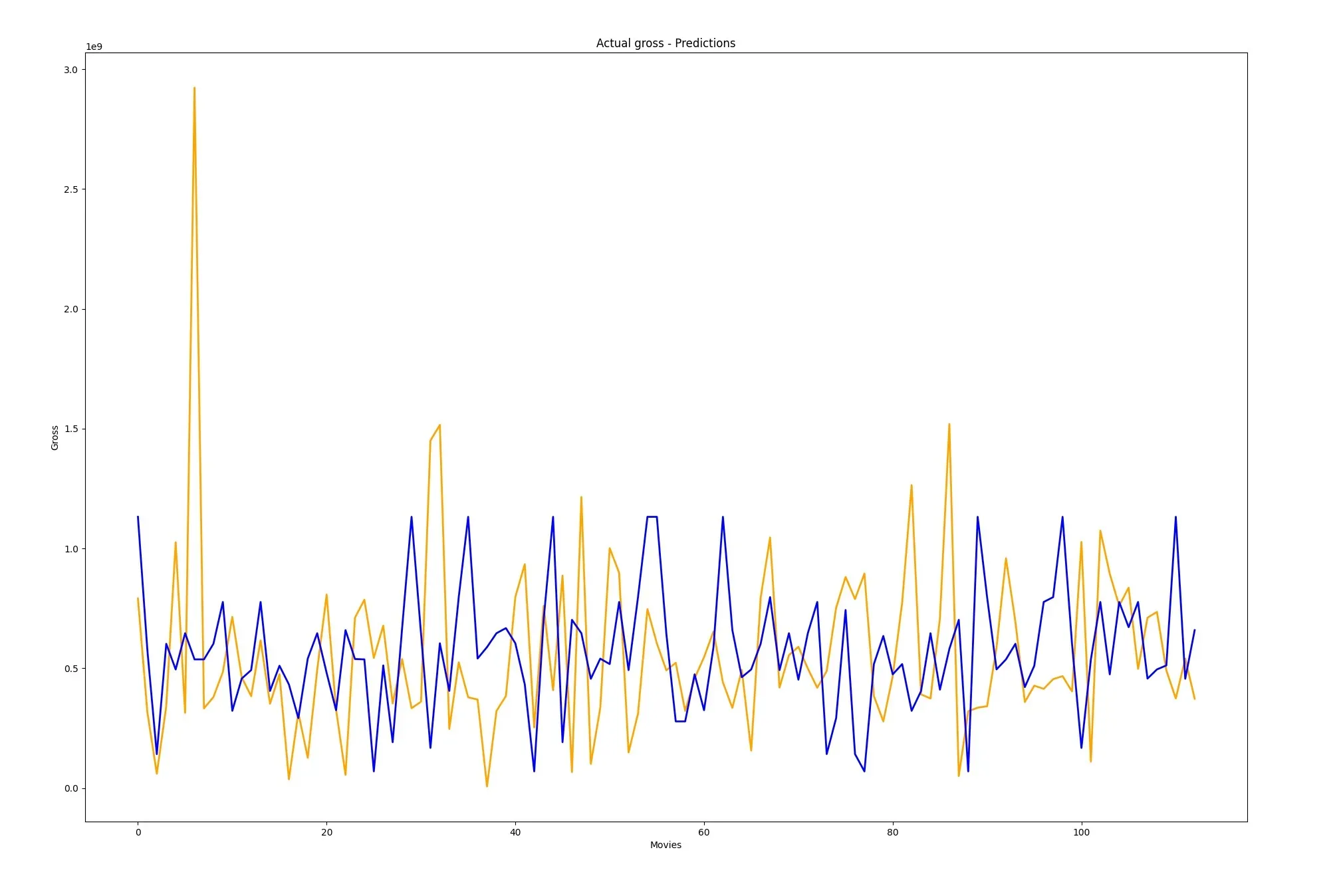
The GAN Generator: Core Component of GANs
GAN generator has gained significant attention in machine learning due to its role in Generative Adversarial Networks (GANs).
To clarify, it’s due to their ability to produce realistic data by leveraging the power of two competing neural networks.
In other words, generator is responsible for creating synthetic data samples that resemble real data. Therefore, making it a critical component in the GAN architecture.
Understanding its inner workings is essential for researchers, developers, and practitioners in the AI and machine learning community.
GAN Architecture Overview
Key Components of GANs
Generative Adversarial Networks (GANs) consist of two primary components:
- the generator network and
- discriminator network
Furthermore, these networks work together in an adversarial training process, aiming to improve each other’s performance. Which also leads the generator to produce realistic synthetic data.
The Adversarial Training Process
During the training process, the generator creates synthetic data samples, while the discriminator evaluates their authenticity.
In other words, the generator strives to create data samples that are indistinguishable from real data.
While on the other hand, the discriminator aims to correctly identify whether a sample is real or generated.
Furthermore, this competition drives the generator to refine its data generation capabilities continually.
The Role of the Generator Network
It plays a critical role in GANs by creating realistic data samples that mimic the underlying distribution of the real data.
Furthermore, the quality of the generated data depends on the generator’s ability to learn and model the data distribution accurately.
The GAN Generator Network
GAN Generator Architecture
The GAN generator typically consists of multiple layers, including input, hidden layers, and output.
The input is a noise vector, which serves as the starting point for generating synthetic data. We also call it the latent space.
Then, it processes this input through hidden layers that consist of convolutional or fully connected layers. The type of layers depends on the specific GAN architecture.
And finally, the output layer is responsible for transforming the hidden layer activations into the final generated data samples.
The Latent Space
The latent space is a crucial aspect of the generator network, as it represents a lower-dimensional representation of the data distribution.
To clarify, by sampling points from the latent space, the generator can create diverse and realistic data samples. Therefore, the quality of the generated data is heavily influenced by it’s ability to learn and model the latent space effectively.
Activation Functions and Normalization Techniques
Activation functions and normalization techniques play a significant role in the performance of the GAN generator.
Common activation functions we use in such networks include:
Furthermore, common normalization techniques include:
- Batch Normalization
- Layer Normalization
We use these for improving training stability and convergence speed by mitigating issues like vanishing gradients and internal covariate shift.
GAN Generator Optimization and Challenges
Objective Functions and Loss Functions of a GAN generator
The optimization of the generator network is guided by objective functions and loss functions that quantify the quality of the generated data.
It’s goal is to minimize the loss function. This typically measures the divergence between the real data distribution and the generated data distribution.
Common loss functions for GAN generators include:
- adversarial loss
- least squares loss, and
- Wasserstein loss
Addressing Common Challenges
GAN generators face several challenges during training, such as mode collapse and vanishing gradients.
Mode collapse occurs when the generator produces a limited variety of data samples. Thus, failing to cover the full spectrum of the real data distribution.
Techniques to address this issue include using minibatch discrimination, unrolled GANs, and gradient penalty regularization.
Vanishing gradients can be mitigated by employing normalization techniques, using alternative activation functions, or adopting different loss functions.
Strategies for Improving GAN Generator Performance and Stability
To enhance the performance and stability of GAN generators, researchers employ various strategies such as:
- Progressive growing of GANs: Training the generator and discriminator using lower-resolution images initially and progressively increasing the resolution as training advances.
- Spectral normalization: Constraining the Lipschitz constant of the generator network to ensure stable training and avoid mode collapse.
- Conditional GANs: Conditioning the generator on additional information, such as class labels, to guide the data generation process and improve the diversity of the generated samples.
- Self-Attention GANs: Incorporating self-attention mechanisms into the generator architecture to model long-range dependencies and generate more coherent and detailed data samples.
- Style-Based GANs: Disentangling the factors of variation in the generated data by controlling the generator’s output through a style-based architecture, leading to improved generation quality and flexibility.
Advanced GAN Generator Architectures
Deep Convolutional GANs (DCGANs)
DCGANs are a popular variant of GANs that employ deep convolutional layers in both the generator and discriminator networks.
The generator architecture in DCGANs consists of several transposed convolutional layers with batch normalization and ReLU activations. Further followed by a tanh activation in the output layer.
StyleGAN and StyleGAN2
StyleGAN and its successor, StyleGAN2, introduce a novel style-based generator architecture that enables the disentanglement of high-level attributes from fine-grained details in the generated data.
These architectures use adaptive instance normalization (AdaIN) layers to control the generator’s output through learned style embeddings. Thus, resulting in improved generation quality and flexibility.
BigGAN
BigGAN is a state-of-the-art GAN architecture designed for generating high-resolution images.
The generator in BigGAN employs self-attention mechanisms, hierarchical latent spaces, and orthogonal regularization to improve the quality, coherence, and diversity of the generated data samples.
Conclusion
To conclude, we have explored the GAN generator and its role in the GAN framework. We also discussed the architecture and working principles of the generator network, emphasizing the importance of the latent space, activation functions, and normalization techniques.
Additionally, we examined various optimization techniques and strategies to address challenges faced during training, as well as advanced GAN generator architectures like DCGANs, StyleGAN, and BigGAN.
I hope this article helped you gain a better understanding of generator components of GAN architectures.


